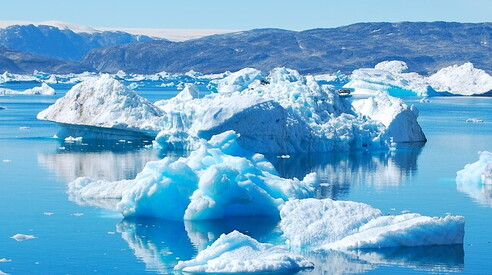
Collecting data and samples to analyse the condition of the polar ice cap in places never reached by land before is the objective of the SOS Arctic – Windsled 2024 mission, led by Spanish explorer Ramón Hernando de Larramendi, who has previously conducted dozens of missions both in Arctic and Antarctica.
A study recently published in the Nature journal has revealed that Greenland thick ice sheet has lost more mass than we thought. Therefore, it is crucial to study it in order to better understand climate processes, predicting their consequences and developing mitigation and resilience strategies.
To achieve this goal, Larramendi has conceived an innovative means of transportation, the “Inuit Windsled”, a wind-powered sled designed in such a way as to combine scientific research with environmental protection, resulting from the encounter between traditional Inuit knowledge and Western technological innovation.
The expedition, started on 2 May from Qaleraliq, in the Southern part of Greenland, will last 30 days and will go over 1500 km northwards, towards Upernavik, onboard the new sled, 20 meters long and 3 meters wide, equipped with solar panels and a kite that can reach a maximum of 50 km/h and will carry a team of eight people with a load of 3,000 kilos.
The collection of data and samples will be carried out in collaboration with international research institutes, including the Climate Change Institute del Maine (USA), the Autonomous University of Madrid and the Institute of Polar Sciences of the National Research Council with the Arctic Research Programme, one of the Italian partners taking part in the mission for the first time.
The general goal of the campaign is to carry out a final test in order to determine the maximum carrying capacity of the Windsled for future scientific campaigns, to be carried out regularly in Greenland and, hopefully, also in Antarctica.

